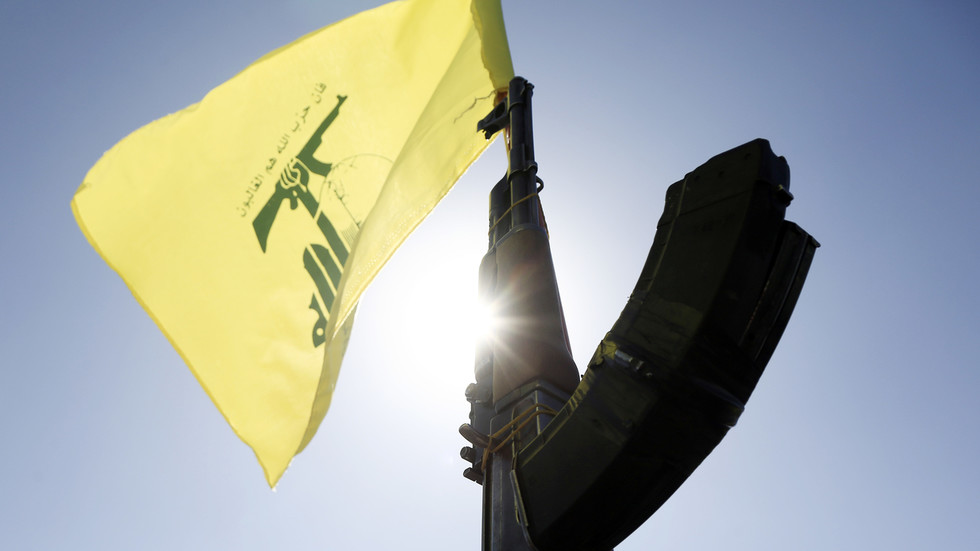The recent escalation in hostilities between Israel and Hezbollah has seen significant developments, most notably the assassination of Mohammad Rashid Sakafi, a senior member of the militant group. The Israel Defense Forces (IDF) claimed responsibility for a targeted airstrike that killed Sakafi in Beirut, describing him as a “senior Hezbollah terrorist” who played a critical role in developing the group’s communications since 2000. The IDF characterized the operation as a “precise, intelligence-based strike.” However, Hezbollah has yet to confirm or deny these claims following the announcement from the IDF on social media. This assassination is part of a broader pattern, as the IDF has reportedly been targeting high-ranking figures within Hezbollah, including the recent killing of longstanding leader Hassan Nasrallah.
The Israeli military campaign against Hezbollah has intensified following a series of rocket attacks from the group into northern Israel. In response, the IDF launched extensive airstrikes beginning in late September, which have resulted in significant casualties in Lebanon, with reports of over 2,000 fatalities and the displacement of approximately 1.2 million people according to local health authorities. The humanitarian cost of the ongoing conflict has raised alarms in the international community as communities in Lebanon suffer dire conditions amidst the bombing campaign. For its part, Hezbollah remains defiant, promising to continue its rocket assaults on Israeli territory until the ongoing conflict between Israel and Hamas in Gaza concludes, highlighting the complex intertwining of regional conflicts.
As Israel continues its operations, the IDF has adopted a dual strategic approach to its military engagements. On one hand, Israeli Defense Minister Yoav Gallant signaled during a recent visit to a military base that the IDF has “more surprises in store” for Hezbollah. This statement underscores Israel’s commitment to maintaining military pressure on the militant group, indicating that it may engage in further targeted operations aimed at crippling Hezbollah’s leadership and operational capacity. Concurrently, Israel is focusing on ensuring security for its own northern border, which has seen escalations of violence in recent weeks as a direct consequence of Hezbollah’s responses to Israeli actions in Gaza.
The conflict has drawn attention not only for the military engagements but also for its broader implications on national security in Israel and on the humanitarian situation in Lebanon. The bombardment has led to a perilous situation for Lebanese civilians, many of whom are now fleeing their homes due to the intensity of the airstrikes. Among those displaced are hundreds of thousands of families, with humanitarian organizations warning of a growing crisis as the infrastructure in Lebanon faces overwhelming strain. The historical grievances between Hezbollah and Israel further complicate the situation, with both sides entrenched in their narratives and actions leading to escalated tensions.
On a wider geopolitical level, these developments reflect ongoing instability in the Middle East, where regional power dynamics involve multiple state and non-state actors. The conflict between Israel and Hezbollah not only involves the immediate military confrontation but also ties into larger narratives concerning the Palestinian cause and the influence of Iran and its proxies in Lebanon. As the situation remains fluid, the potential for spillover conflicts exists, raising concerns among neighboring countries regarding refugee flows and stability. The international community closely monitors the escalation, urging for restraint on all sides while advocating for diplomatic resolutions.
In summation, the recent events surrounding the airstrike that killed Mohammad Rashid Sakafi symbolize the volatility of the Lebanon-Israel border, as military actions lead to severe repercussions for civilians and further entrenchment of violent conflict. With continuing airstrikes and cross-border raids, the situation remains deeply concerning, marked by significant casualties and humanitarian crises in Lebanon. Israeli military strategies indicate an ongoing campaign against Hezbollah, while the militant group’s persistence in rocket attacks signifies an unwillingness to back down. As the conflict unfolds, the prospect of further violence looms, complicating efforts for peace and stability in the already fragile region.

